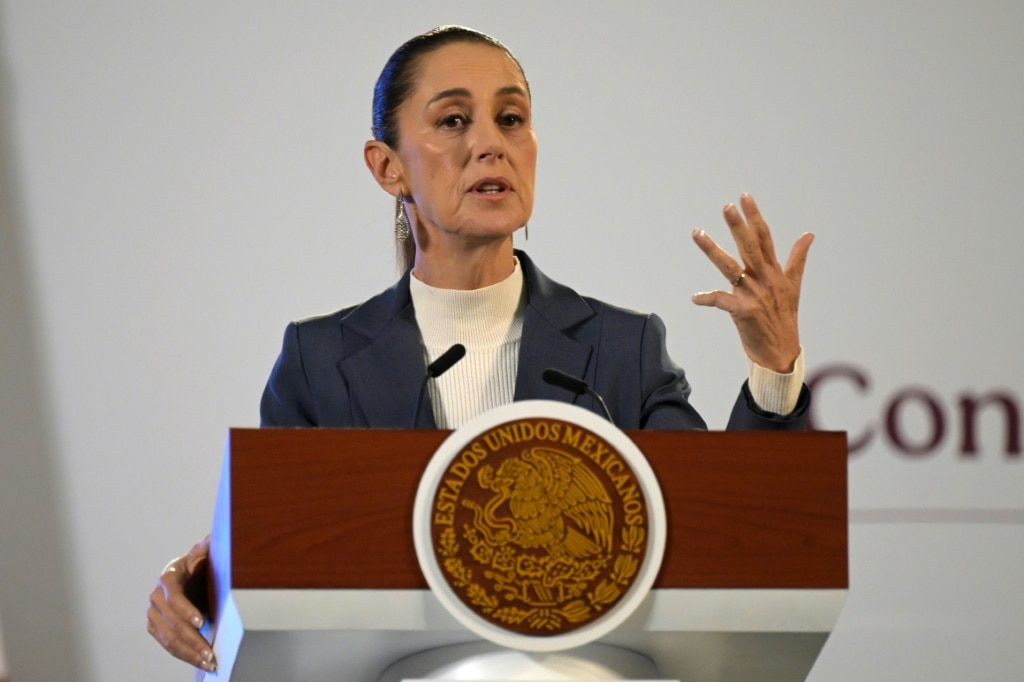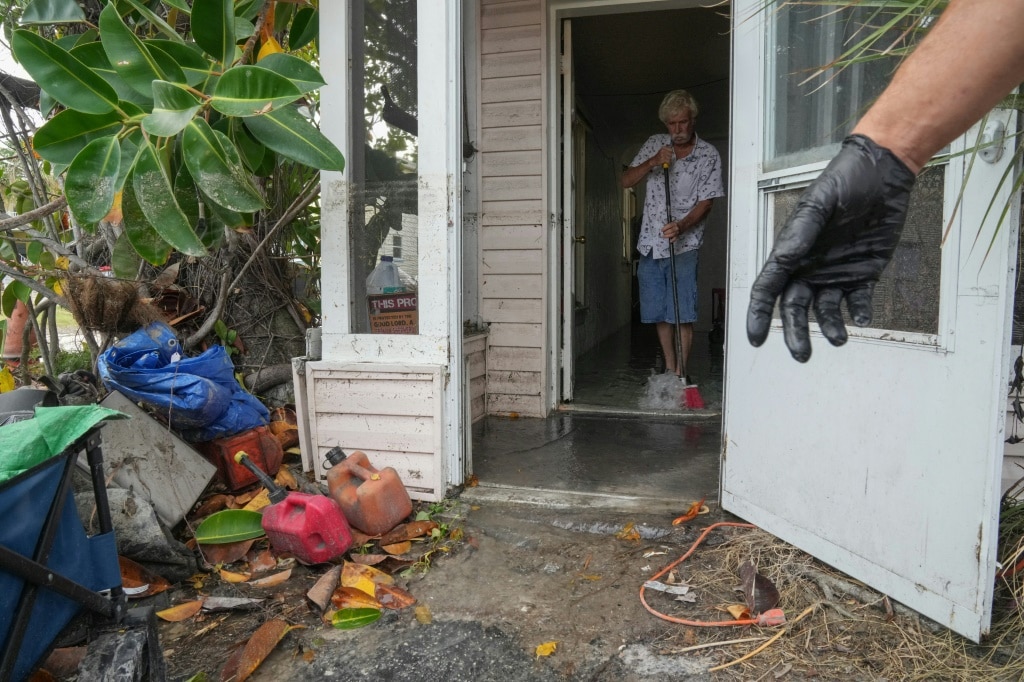Mission to probe smashed asteroid launches despite hurricane
Mission to probe smashed asteroid launches despite hurricane

Breaking News
Don't miss out on the headlines from Breaking News. Followed categories will be added to My News.
Europe's Hera probe successfully launched Monday on a mission to inspect the damage done by a NASA spacecraft that smashed into an asteroid during the first test of Earth's planetary defences.
Despite fears that an approaching hurricane could delay the launch, the probe blasted off on a SpaceX rocket into cloudy skies from Cape Canaveral in the US state of Florida just before 11:00 am local time (1500 GMT).
Hera's mission is to investigate the aftermath of NASA's Double Asteroid Redirection Test (DART), which deliberately crashed into the Dimorphos asteroid in 2022 roughly 11 million kilometres (6.8 million miles) from Earth.
The fridge-sized DART spacecraft successfully knocked the asteroid well off course, demonstrating that humanity may no longer be powerless against potentially planet-killing asteroids that could head our way.
The European Space Agency (ESA) said that Hera will conduct what it has dubbed a "crime scene investigation".
"Hera will gather the data we need to turn kinetic impact into a well-understood and repeatable technique on which all of us may rely one day," ESA chief Josef Aschbacher said on the agency's broadcast of the launch.
The tense liftoff on SpaceX's Falcon 9 rocket was met with applause from teams on the ground.
"We had a lot of tears -- and outside in the public event, people were jumping around and spilling their beers," ESA broadcast host Matthew Russell said.
Around an hour after liftoff, Hera then separated from the rocket in space, beginning its two-year journey towards Dimorphos.
There was more applause minutes later when the team on the ground received the first signal from the spacecraft, indicating a successful launch.
- Hurricane, rocket anomaly -
The launch had been put into doubt by the intensifying Hurricane Milton, with SpaceX warning on Sunday that there was only a 15 percent chance of a launch.
Milton is the latest hurricane to hit the Gulf of Mexico after Hurricane Helene, which has killed at least 230 people since striking Florida late last month.
Hurricane Milton has been classified as "an extremely dangerous category 4 hurricane" and is expected to slam into the state by mid-week.
NASA said it will delay the launch of its Europa Clipper mission, which had been scheduled from Cape Canaveral on Thursday, due to "anticipated hurricane conditions" as Milton moves east across Florida over the week.
Hera's launch had also faced a potential delay due to an anomaly involving a Falcon 9 rocket during the launch of SpaceX's Crew-9 astronaut mission late last month.
But on Sunday, the US Federal Aviation Administration gave the last-minute green light, saying the nature of the problem posed little risk for Hera.
Next year, Hera is planned to get a gravitational boost as it flies past Mars, arriving near Dimorphos in December 2026 to begin its six-month investigation.
Dimorphos, which is actually a moonlet orbiting its big brother Didymos, never posed a threat to Earth.
After DART's impact, Dimorphos shed material to the point where its orbit around Didymos was shortened by 33 minutes -- proof that it was successfully deflected.
Analysis of the DART mission has suggested that rather than being a single hard rock, Dimorphos was more a loose pile of rubble held together by gravity.
"The consequence of this is that, instead of making a crater" on Dimorphos, DART may have "completely deformed" the asteroid, said Hera's principal investigator Patrick Michel.
- Nothing heading our way -
The 363-million-euro ($400 million) mission will be equipped with two nanosatellites.
One will land on Dimorphos and probe inside the asteroid with radar, a first on such an asteroid. The other will study its composition from farther out.
An asteroid wider than a kilometre (0.6 miles) -- which could trigger a global catastrophe on a scale that wiped out the dinosaurs -- is estimated to strike Earth every 500,000 years or so.
An asteroid around 140 metres (460 feet) wide -- which is a little smaller than Dimorphos but could still take out a major city -- hits our home planet around every 20,000 years.
Most of these celestial objects come from the asteroid belt between Mars and Jupiter. Almost all those bigger than a kilometre wide are known to scientists, and none are expected to threaten Earth in the next century.
There are also no known 140-metre asteroids on a collision course with Earth -- but only 40 percent of those space rocks are believed to have been identified.
ber-dl/fg
Originally published as Mission to probe smashed asteroid launches despite hurricane






